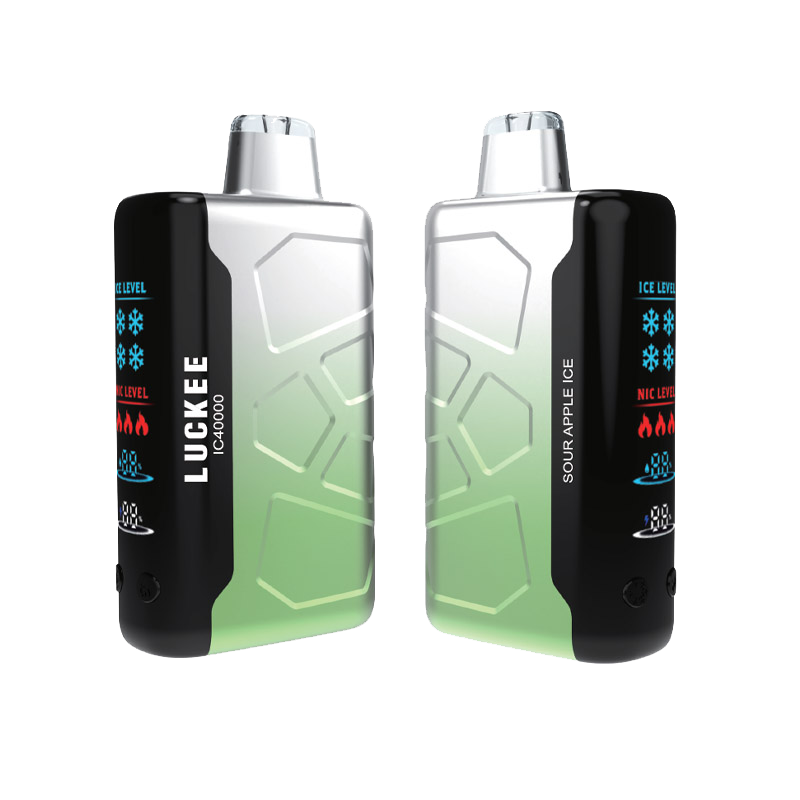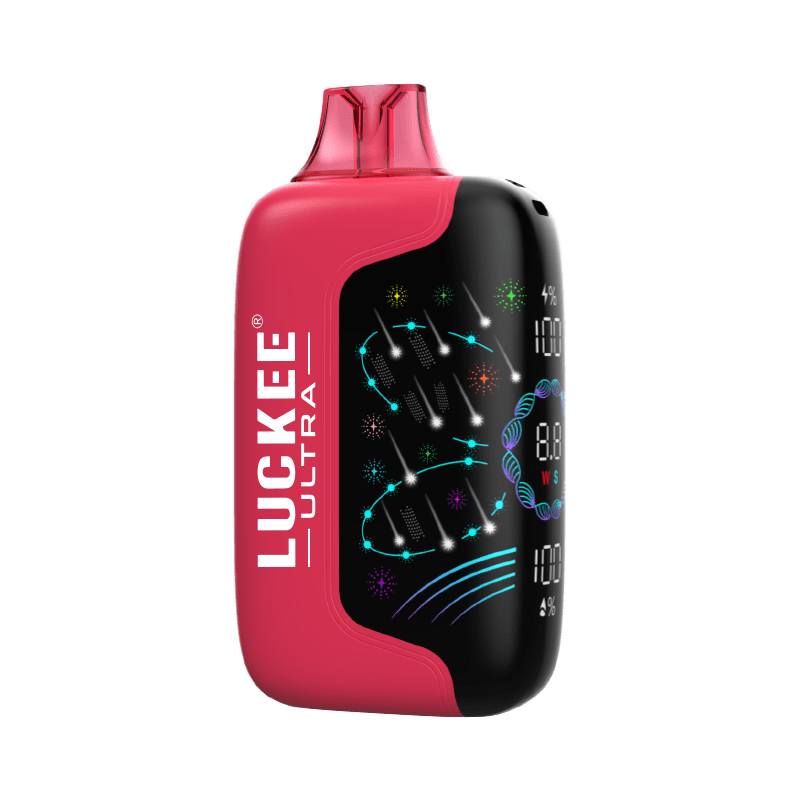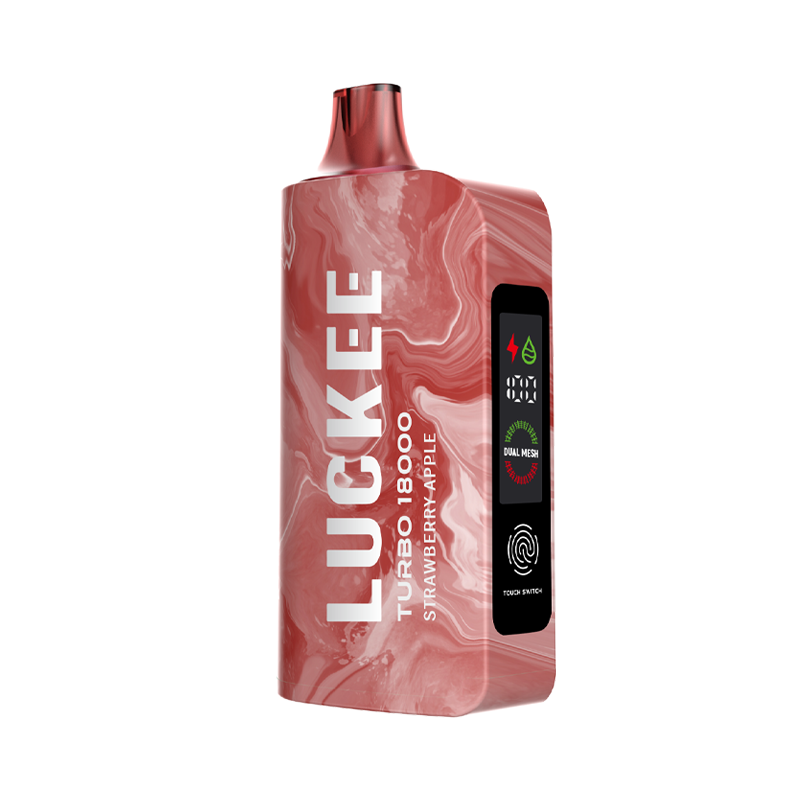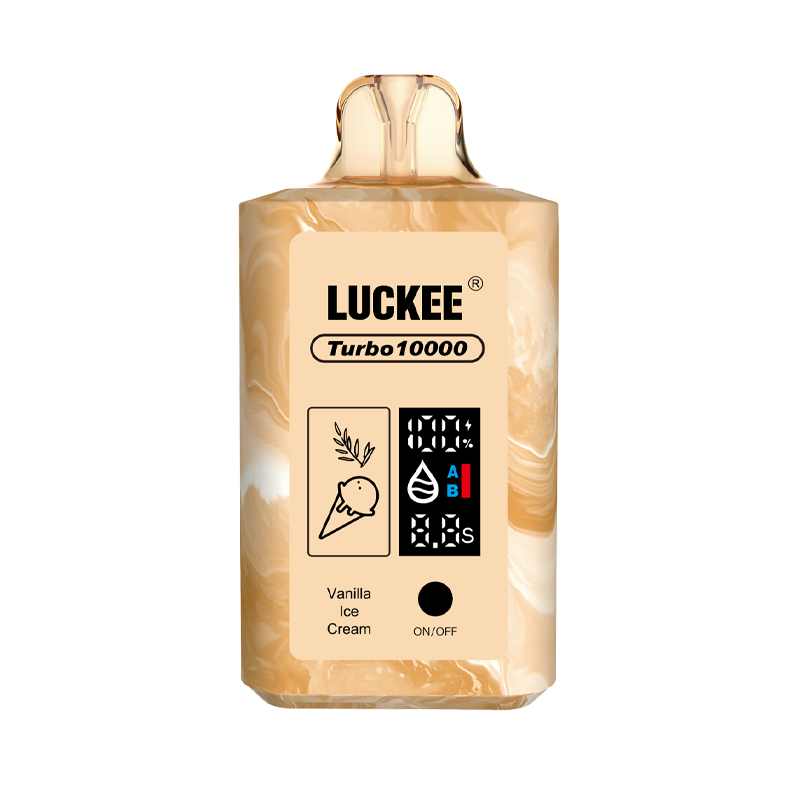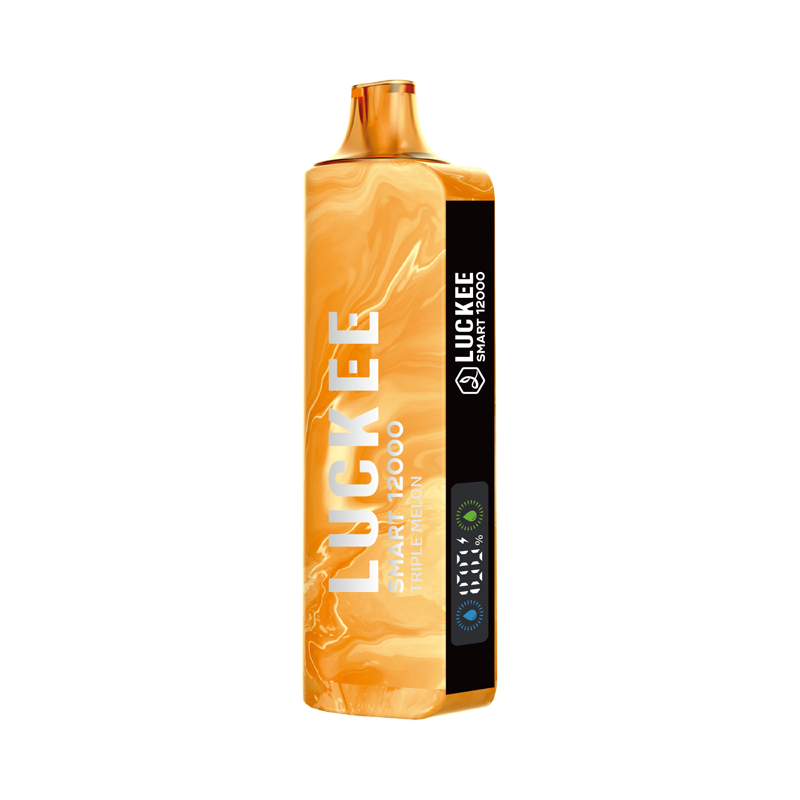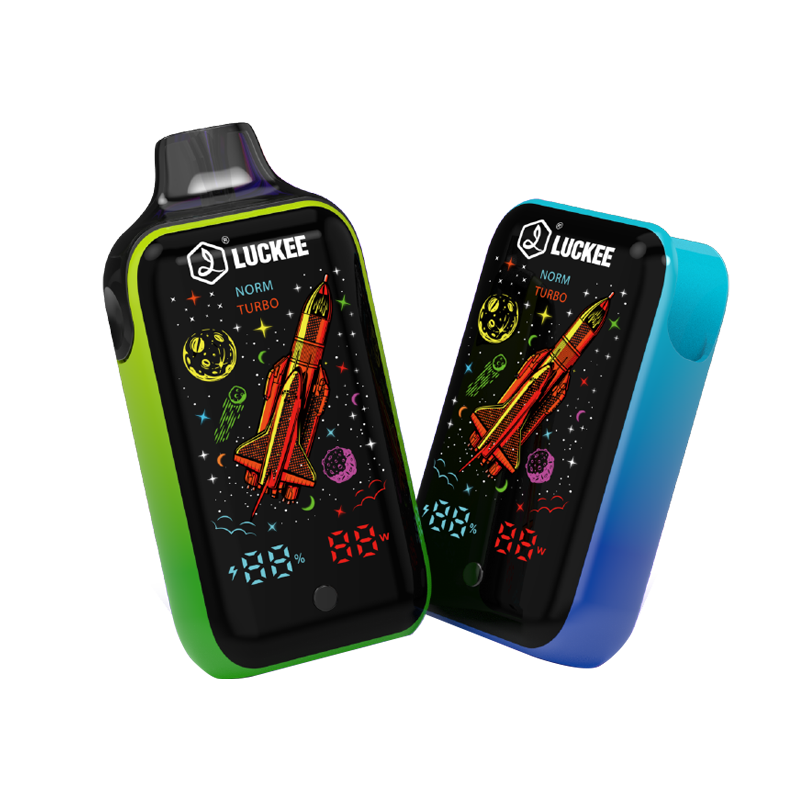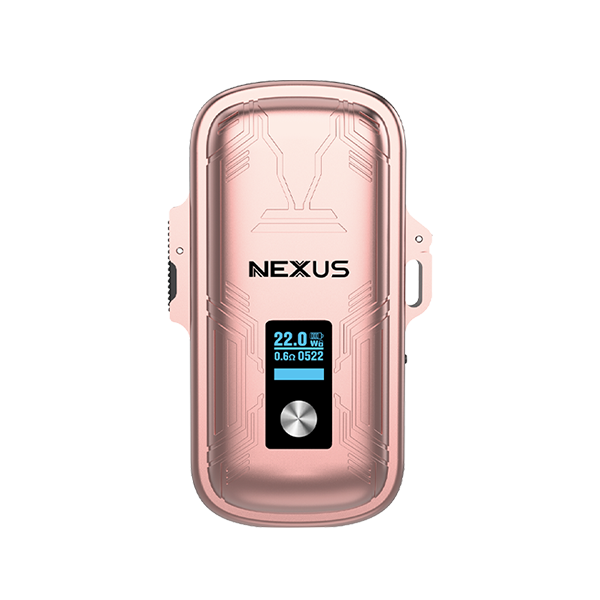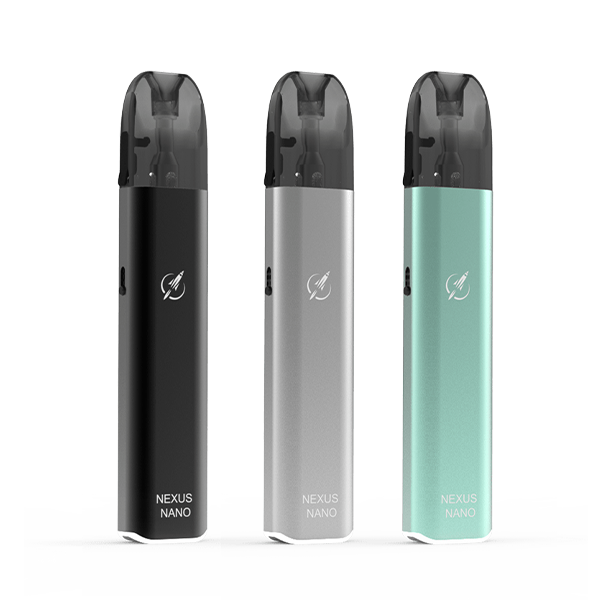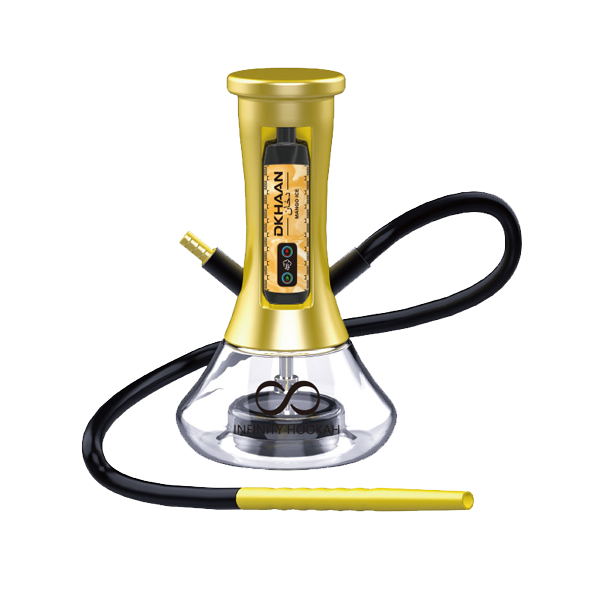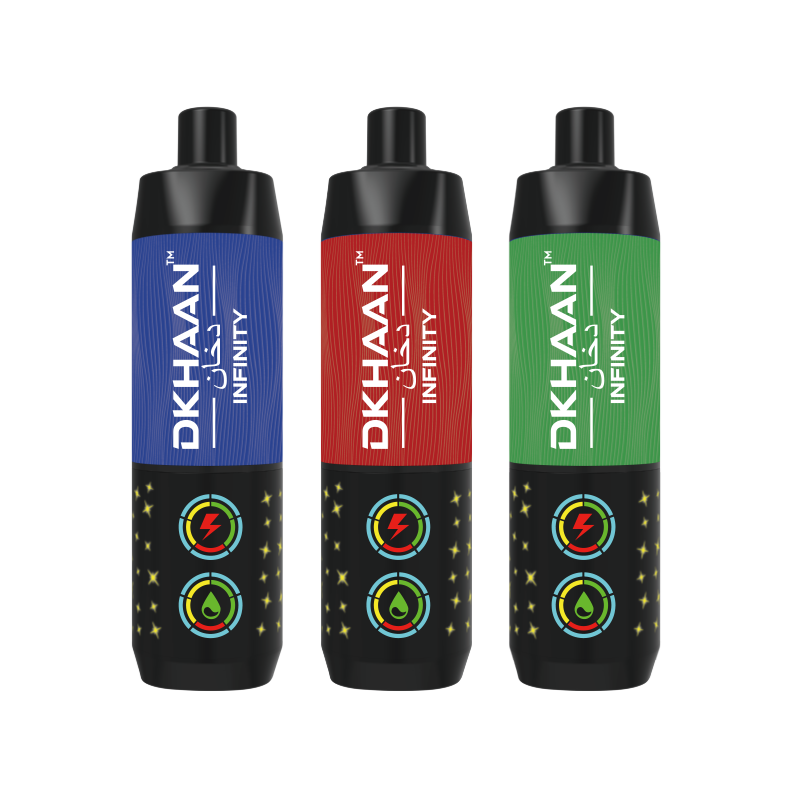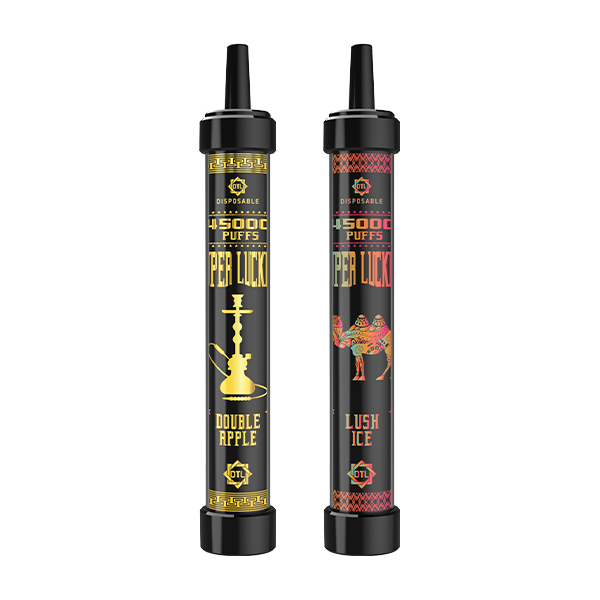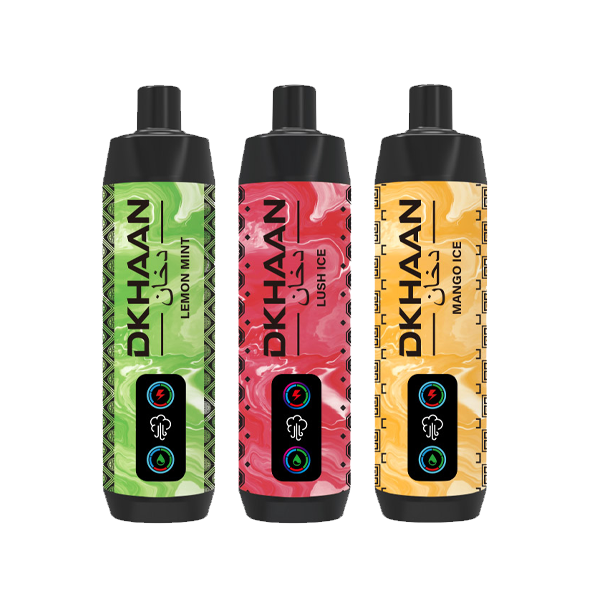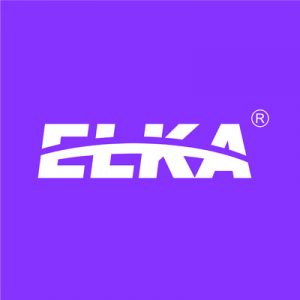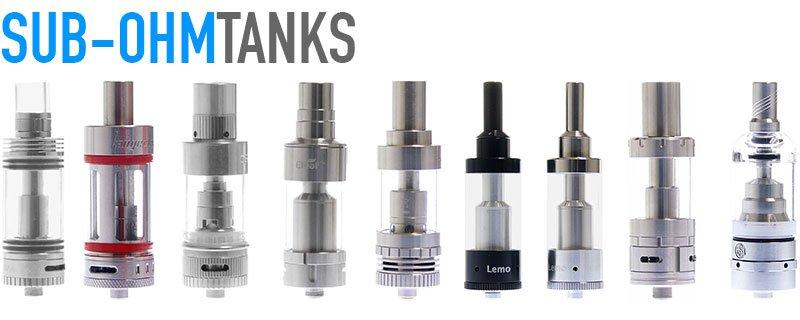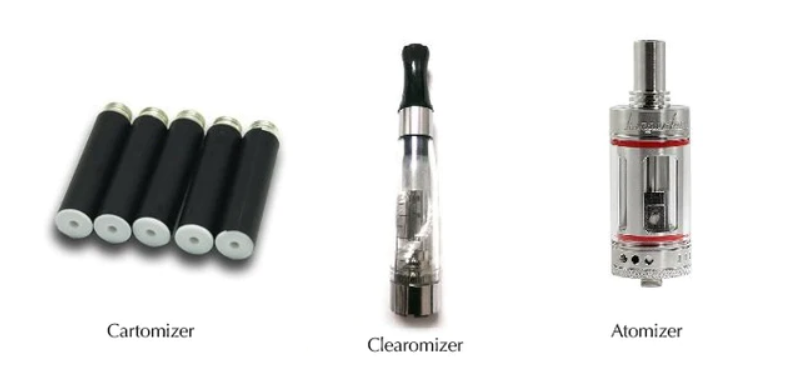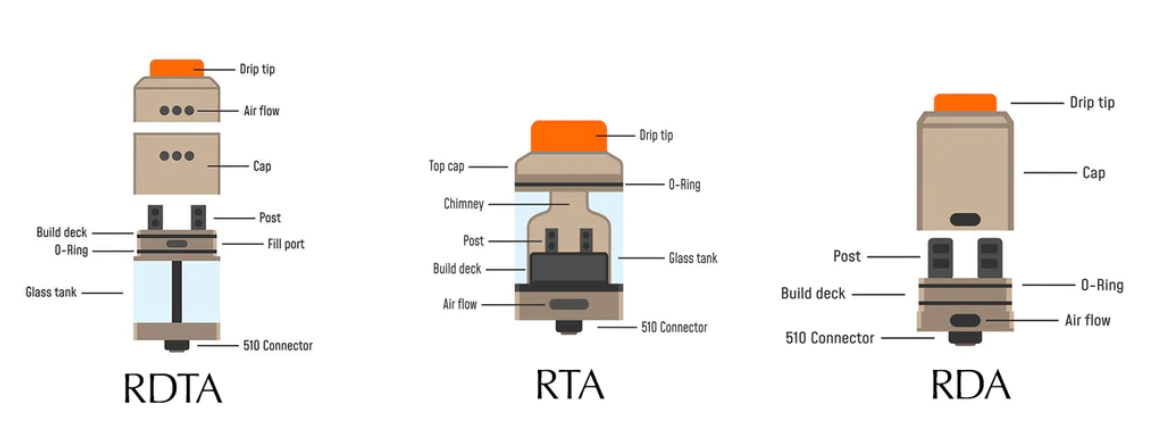What is a Vape Tank Used For?
Vape tanks are a versatile and potentially essential piece of kit for a lot of vapers out there. Ideal for on-the-go use or daily driving, vape tanks are the simplest and most straightforward way to start chucking massive plumes and chasing delicious flavor. Whether you like sub-ohm tanks with easily replaceable coils or rebuildable tank atomizers you can re-wick yourself, there is a vape tank suited just for you.
The most common tank found out and about will likely be a sub-ohm tank. The type of coil and juice used within the tank classifies a tank as a sub-ohm tank. A sub-ohm tank is, well, sub-ohm, meaning the coil is below 1.0ohms. Plus, the juice used in a sub-ohm tank should be freebase juice with a 70/30 PG/VG ratio (or thereabouts) and lower nicotine levels. Sub-ohm tanks will also require more wattage to be pumped through the coils, and more times than not, sub-ohm tanks give a direct-to-lung experience.
Resistance
Resistance is the most important aspect when discussing sub-ohm tanks. Most sub ohm tanks will have coils that range from 0.15ohms to 0.9ohms. And while there is no inherently better resistance, you will most likely have a preference as to what coil best suits you. A general rule of thumb is the lower the resistance, the warmer the vape will be, and the more airflow will travel the through the coil. For example, a 0.15ohm coil will be a warmer, more DTL vape than a 0.8ohm coil.
Juice
Juice is another essential aspect when discussing both sub-ohm tanks and RTAs. When using a tank, it’s crucial to pay attention to 2 factors; Nicotine level & PG/VG ratio.
DO NOT use nicotine salts with ANYTHING sub-ohm…ONLY use freebase nicotine juice with nicotine levels of 0mg, 3mg, 6mg, 12mg, & 18mg. Nicotine salts usually come in nicotine levels of 20mg, 35mg, 40mg, & 50mg, and this is far too much nicotine to be used with such low resistance coils. Plus, nicotine salts absorb into your body more efficiently, rendering it dangerous to use at high wattage. ONLY use freebase juice inside a sub-ohm tank or RTA!
The PG/VG ratio is also crucial when selecting a juice for your setup. Sub-ohm tanks can be notoriously bad at wicking thick & viscous juice, so we recommend using vape juice that is 70/30. You should be able to use a 60/40 or 80/20, depending on the tank, but you will definitely have no issues with a 70/30. Vegetable Glycerin is much more viscous than Propylene Glycol, so the more VG you have in a juice, the thicker it will be. You also have to be careful of liquid that is too thin, which will result in leaking. If you try a 50/50 juice in a sub-ohm or RTA, the juice may flow through the cotton and out the sides leading to a messy setup.
Airflow
Let us now discuss airflow, why its useful, and how it affects your vape experience. Airflow control should be a standard feature on every sub-ohm tank and RTA so these tips will apply to a myriad of atomizers. Airflow really boils down to personal preference, but there are some general rules of thumb you can follow.
The biggest hack to tank airflow is the lower the resistance your coil is the warmer your vape will be, and the more airflow you will need to compensate. For example, if your coil is 0.15ohm it will vape hotter than a 0.8ohm, and you may want to open your airflow wider for the 0.15ohm coil.
When it coms to airflow control, it really is personal preference as to how warm or cool you’d like your vape to be. If you like a warmer experience, then close your airflow down and vice-versa for a cooler vape.
Atomizers vs Clearomizers vs Cartomizers
If we were having this conversation, say eight years ago, the atomizer, clearomizer, cartomizer debate would be more relevant. Nowadays, every topper on the market will either be an Atomizer and/or a Clearomizer. An atomizer refers to anything being used on top of a vape. A few examples would be a sub-ohm tank, MTL tank, RTA, RDA, RDTA, or anything that atomizes your liquid into a vape. Clearomizers, on the other hand, only refer to tanks. A clearomizer is an atomizer that holds liquid in a tank and feeds juice into a coil via wicks (most often cotton). A cartomizer is an atomizer in cartridge form; think The Blu or VUSE cig-a-like vapes.
So to recap, every topper is an atomizer, but not every atomizer is a clearomizer or cartomizer.
Rebuildable’s Explained
Now lets get into rebuildables and what sets them apart from your traditional sub-ohm vape tank. The most obvious distinction between the two is you build / provide your own coils with RTAs/RDTAs/RDAs and with sub-ohm tanks you use pre-built coils from the manufacturer.
RTA
Rebuildable Tank Atomizers or RTAs are the most similar to sub-ohm tanks when comparing atomizers. Both sub-ohm tanks and RTAs function the same; the juice is held in a glass container, and via capillary action, the liquid is pulled into the wicks, saturating them for you to vape. The only difference is how much control you want over your vape experience. With sub-ohm tanks, you are stuck to using ONLY the resistance & wire/wicking material provided by the manufacturer. Most will have a coil lineup that looks like 0.15ohm, 0.3ohm, 0.5ohm, and 0.8ohm, and you are stuck to exclusively using those options. With RTAs, you can build your own coils or buy pre-built coils with infinite resistance & material options. Want a 0.15ohm Ni80 Alien coil? Or how about a 0.5ohm Kanthal wrap – or maybe you want to change cotton for something more fluffy or matte? You are in the driver’s seat with RTAs!
RDA
Next is Rebuildable Dripping Atomizers. While this isn’t a tank, we felt it necessary to include when discussing rebuildables. RDAs are essentially an RTA without the tank. You drip your juice directly onto the coils and bypass the need for a tank system altogether. RDAs are ideal for those flavor chasers because you are dripping directly onto the coil, and your juice is not sitting on top of the coil & in the wicks for extended periods; this makes the flavor top-tier. However, carrying around a bottle of juice wherever you go is rather tedious, so RDAs are not as common to see.
RDTA
Imagine the love child between an RDA ad RTA and you get an RDTA! In short, an RDTA is an RDA with a tank on the BOTTOM. RDTAs differ from an RTA in that with a rebuildable tank atomizer, the coil is housed with the juice, and with an RDTA, the coils sit ABOVE the liquid. To use an RDTA, tilt your vape so the juice can touch the bottom of the wicks every so often to keep your coils saturated.
Pre-Built Vs Custom Coil Builds
To wrap up the rebuildable section, let us touch on their coils. You either have the option to build your own coils or buy pre-built custom coils online, on Instagram, or in specialty vape shops. If you choose to create your own coils you will need a myriad of tools ranging from the wire itself (most times Ni80, Kanthal, Stainless Steel, etc.), a coiling jig, clippers, scissors, drill, build stand, ohm reader…I could keep going; there are a lot of tools one can acquire to achieve the ultimate coil build. But we recommend buying a few different pre-built coils, such as Alien coils, Claptons, or Fused Claptons, and seeing which suits you best. This way, you can test out the world of rebuildables without going too far down the rabbit hole.

